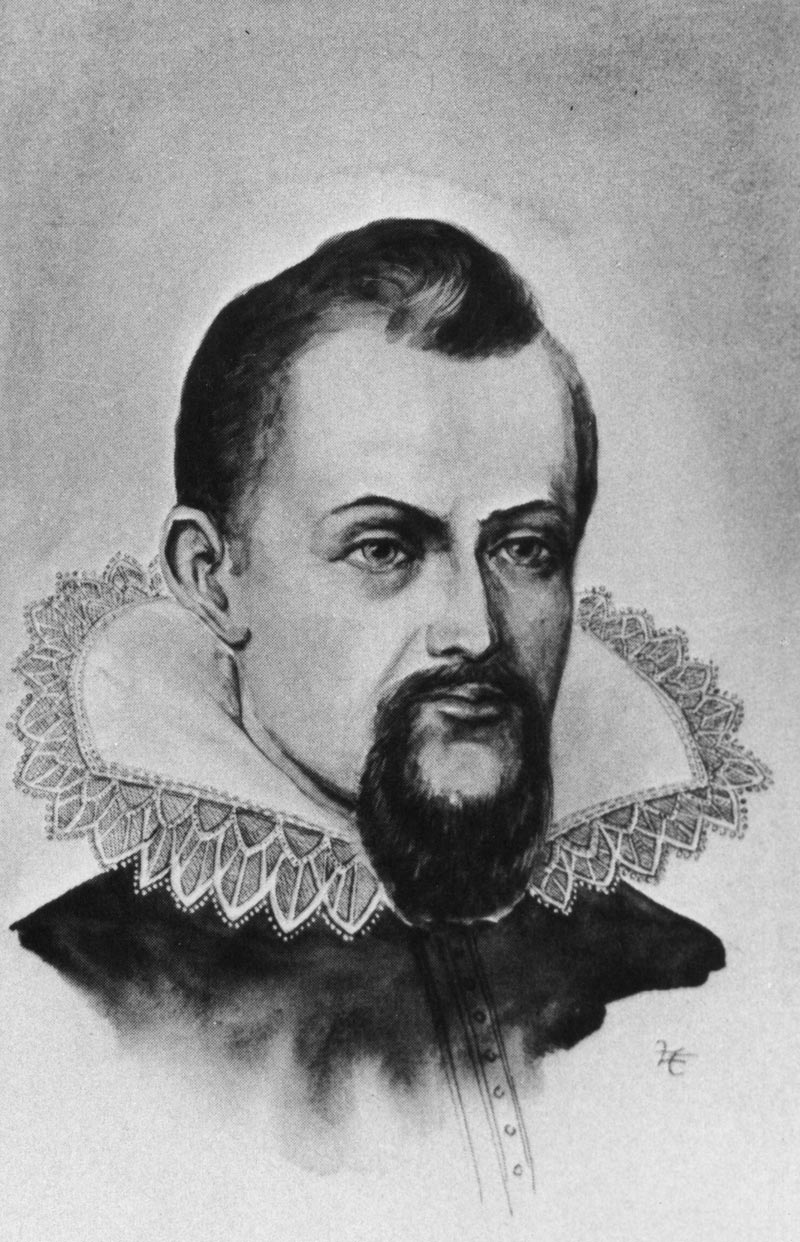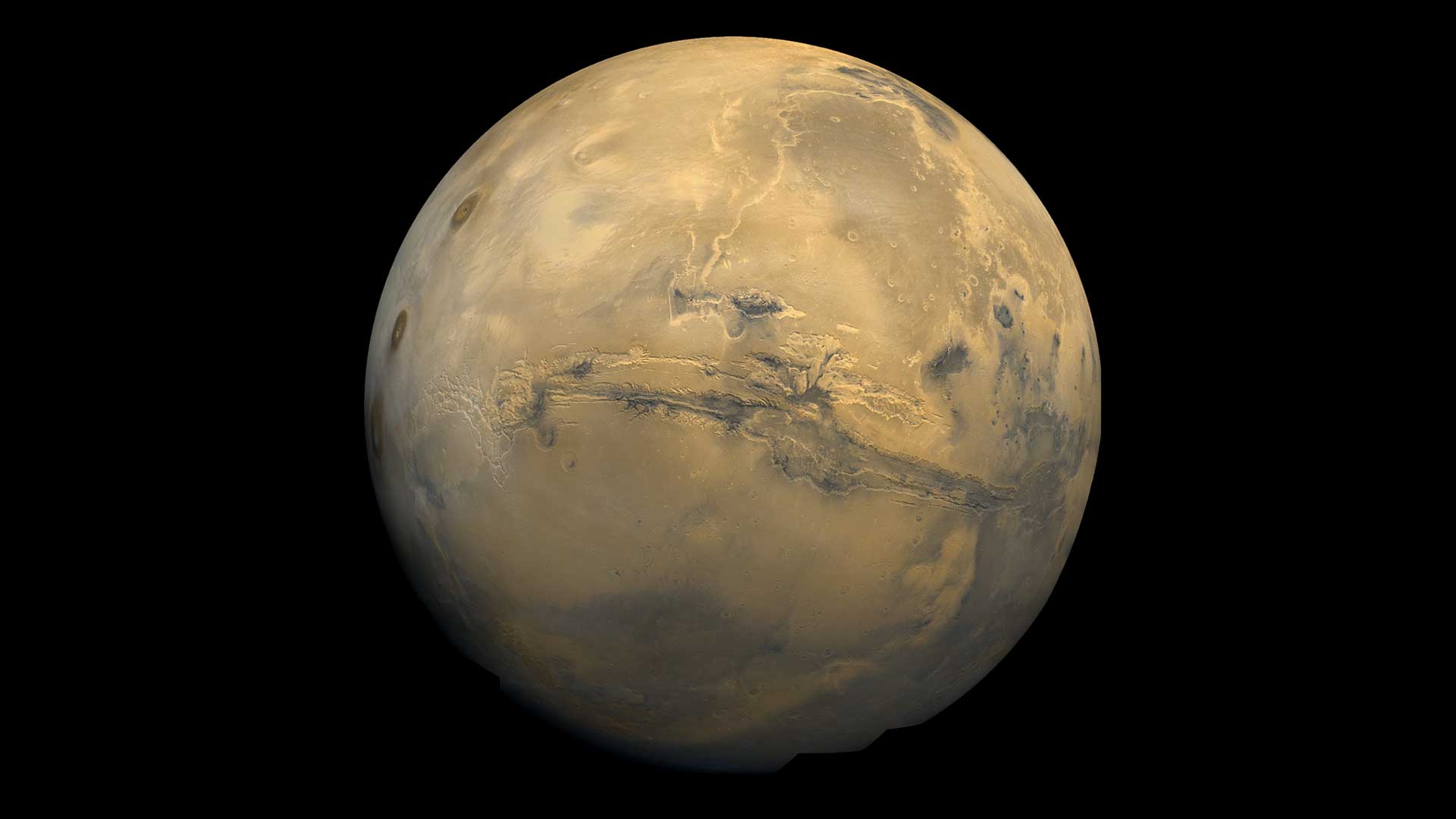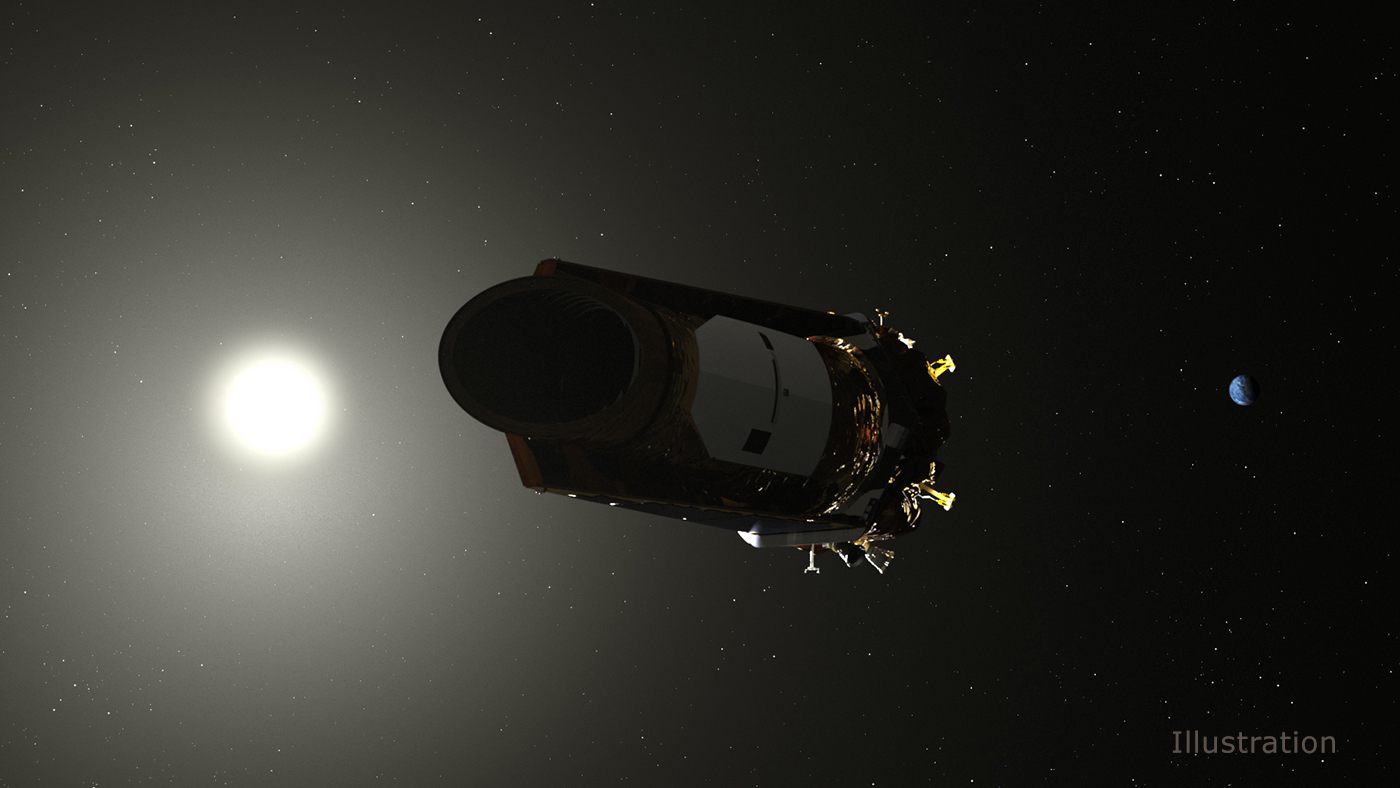Kepler's Laws of Planetary Motion
The story of how we understand planetary motion could not be told if it were not for the work of a German mathematician named Johannes Kepler.
Kepler's three laws describe how planets orbit the Sun. They describe how (1) planets move in elliptical orbits with the Sun as a focus, (2) a planet covers the same area of space in the same amount of time no matter where it is in its orbit, and (3) a planet’s orbital period is proportional to the size of its orbit.
Who Was Johannes Kepler?
Johannes Kepler was born on Dec. 27, 1571, in Weil der Stadt, Württemberg, which is now in the German state of Baden-Württemberg.

As a rather frail young man, the exceptionally talented Kepler turned to mathematics and the study of the heavens early on. When he was six, his mother pointed out a comet visible in the night sky. When Kepler was nine, his father took him out one night under the stars to observe a lunar eclipse. These events both made a vivid impression on Kepler's youthful mind and turned him toward a life dedicated to astronomy.
Kepler lived and worked in Graz, Austria, during the tumultuous early 17th century. Due to religious and political difficulties common during that era, Kepler was banished from Graz on Aug. 2, 1600.
Fortunately, he found work as an assistant to the famous Danish astronomer Tycho Brahe (usually referred to by his first name) in Prague. Kepler moved his family from Graz, 300 miles (480 kilometers) across the Danube River to Tycho's home.

Kepler and the Mars Problem
Tycho was a brilliant astronomer. He is credited with making the most accurate astronomical observations of his time, which he accomplished without the aid of a telescope. He had been impressed with Kepler’s studies in an earlier meeting.
However, some historians think Tycho mistrusted Kepler, fearing that his bright young intern might eclipse him as the premier astronomer of his day. Because of this, he only let Kepler see part of his voluminous collection of planetary data.
Tycho assigned Kepler the task of understanding the orbit of the planet Mars. The movement of Mars was problematic – it didn’t quite fit the models as described by Greek philosopher and scientist Aristotle (384 to 322 B.C.E.) and Egyptian astronomer Claudius Ptolemy (about 100 C.E to 170 C.E.). Aristotle thought Earth was the center of the universe, and that the Sun, Moon, planets, and stars revolved around it. Ptolemy developed this concept into a standardized, geocentric model (now known as the Ptolemaic system) based around Earth as a stationary object, at the center of the universe.
Historians think that part of Tycho’s motivation for giving the Mars problem to Kepler was Tycho's hope that it would keep Kepler occupied while Tycho worked to perfect his own theory of the solar system. That theory was based on a geocentric model, modified from Ptolemy's, in which the planets Mercury, Venus, Mars, Jupiter, and Saturn all orbit the Sun, which in turn orbits Earth.
As it turned out, Kepler, unlike Tycho, believed firmly in a model of the solar system known as the heliocentric model, which correctly placed the Sun at its center. This is also known as the Copernican system, because it was developed by astronomer Nicolaus Copernicus (1473-1543). But the reason Mars' orbit was problematic was because the Copernican system incorrectly assumed the orbits of the planets to be circular.
Like many philosophers of his era, Kepler had a mystical belief that the circle was the universe’s perfect shape, so he also thought the planets’ orbits must be circular. For many years, he struggled to make Tycho’s observations of the motions of Mars match up with a circular orbit.
Kepler eventually realized that the orbits of the planets are not perfect circles. His brilliant insight was that planets move in elongated, or flattened, circles called ellipses.
The particular difficulties Tycho had with the movement of Mars were due to the fact that its orbit was the most elliptical of the planets for which he had extensive data. Thus, in a twist of irony, Tycho unwittingly gave Kepler the very part of his data that would enable his assistant to formulate the correct theory of the solar system.
Basic Properties of Ellipses
Since the orbits of the planets are ellipses, it might be helpful to review three basic properties of an ellipse:
- An ellipse is defined by two points, each called a focus, and together called foci. The sum of the distances to the foci from any point on the ellipse is always a constant.
- The amount of flattening of the ellipse is called the eccentricity. The flatter the ellipse, the more eccentric it is. Each ellipse has an eccentricity with a value between zero (a circle), and one (essentially a flat line, technically called a parabola).
- The longest axis of the ellipse is called the major axis, while the shortest axis is called the minor axis. Half of the major axis is termed a semi-major axis.
After determining that the orbits of the planets are elliptical, Kepler formulated three laws of planetary motion, which accurately described the motion of comets as well.
Kepler's Laws
In 1609 Kepler published “Astronomia Nova,” which explained what are now called Kepler's first two laws of planetary motion. Kepler had noticed that an imaginary line drawn from a planet to the Sun swept out an equal area of space in equal times, regardless of where the planet was in its orbit. If you draw a triangle from the Sun to a planet’s position at one point in time and its position at a fixed time later, the area of that triangle is always the same, anywhere in the orbit.
For all these triangles to have the same area, the planet must move more quickly when it’s near the Sun, but more slowly when it is farther from the Sun. This discovery became Kepler’s second law of orbital motion, and led to the realization of what became Kepler’s first law: that the planets move in an ellipse with the Sun at one focus point, offset from the center.
In 1619, Kepler published “Harmonices Mundi,” in which he describes his "third law." The third law shows that there is a precise mathematical relationship between a planet’s distance from the Sun and the amount of time it takes revolve around the Sun.
Here are Kepler’s Three Laws:
Kepler's First Law: Each planet's orbit about the Sun is an ellipse. The Sun's center is always located at one focus of the ellipse. The planet follows the ellipse in its orbit, meaning that the planet-to-Sun distance is constantly changing as the planet goes around its orbit.
Kepler's Second Law: The imaginary line joining a planet and the Sun sweeps out – or covers – equal areas of space during equal time intervals as the planet orbits. Basically, the planets do not move with constant speed along their orbits. Instead, their speed varies so that the line joining the centers of the Sun and the planet covers an equal area in equal amounts of time. The point of nearest approach of the planet to the Sun is called perihelion. The point of greatest separation is aphelion, hence by Kepler's second law, a planet is moving fastest when it is at perihelion and slowest at aphelion.
Kepler's Third Law: The orbital period of a planet, squared, is directly proportional to the semi-major axes of its orbit, cubed. This is written in equation form as p2=a3. Kepler's third law implies that the period for a planet to orbit the Sun increases rapidly with the radius of its orbit. Mercury, the innermost planet, takes only 88 days to orbit the Sun. Earth takes 365 days, while distant Saturn requires 10,759 days to do the same.
How We Use Kepler’s Laws Today
Kepler didn’t know about gravity, which is responsible for holding the planets in their orbits around the Sun, when he came up with his three laws. But Kepler’s laws were instrumental in Isaac Newton’s development of his theory of universal gravitation, which explained the unknown force behind Kepler's third law. Kepler and his theories were crucial in the understanding of solar system dynamics and as a springboard to newer theories that more accurately approximate planetary orbits. However, his third law only applies to objects in our own solar system.
Newton’s version of Kepler’s third law allows us to calculate the masses of any two objects in space if we know the distance between them and how long they take to orbit each other (their orbital period). What Newton realized was that the orbits of objects in space depend on their masses, which led him to discover gravity.
Newton’s generalized version of Kepler’s third law is the basis of most measurements we can make of the masses of distant objects in space today. These applications include determining the masses of moons orbiting the planets, stars that orbit each other, the masses of black holes (using nearby stars affected by their gravity), the masses of exoplanets (planets orbiting stars other than our Sun), and the existence of mysterious dark matter in our galaxy and others.
In planning trajectories (or flight plans) for spacecraft, and in making measurements of the masses of the moons and planets, modern scientists often go a step beyond Newton. They account for factors related to Albert Einstein’s theory of relativity, which is necessary to achieve the precision required by modern science measurements and spaceflight.
However, Newton’s laws are still accurate enough for many applications, and Kepler’s laws remain an excellent guide for understanding how the planets move in our solar system.

Johannes Kepler died Nov. 15, 1630, at age 58. NASA's Kepler space telescope was named for him. The spacecraft launched March 6, 2009, and spent nine years searching for Earth-like planets orbiting other stars in our region of the Milky Way. The Kepler space telescope left a legacy of more than 2,600 planet discoveries from outside our solar system, many of which could be promising places for life.




